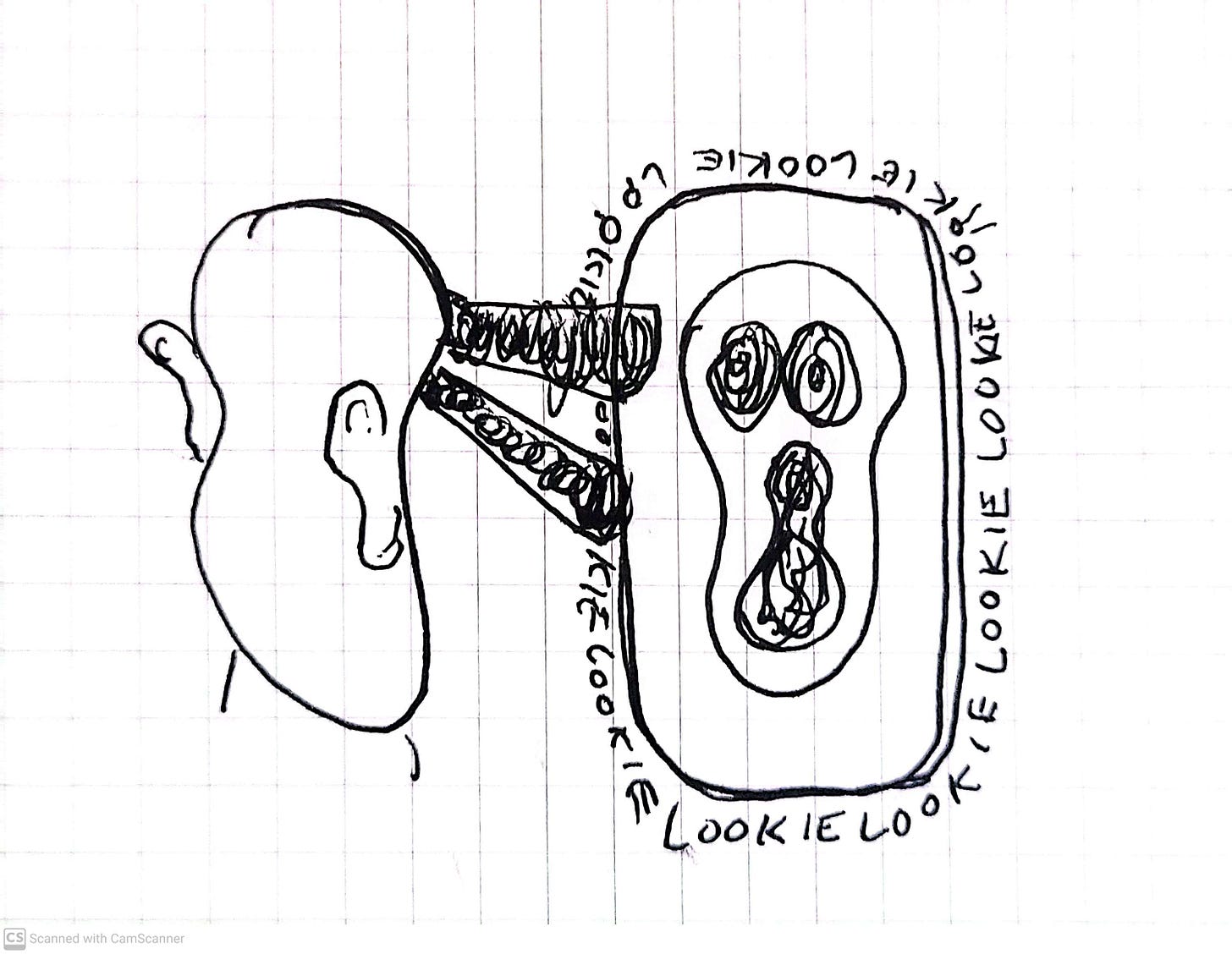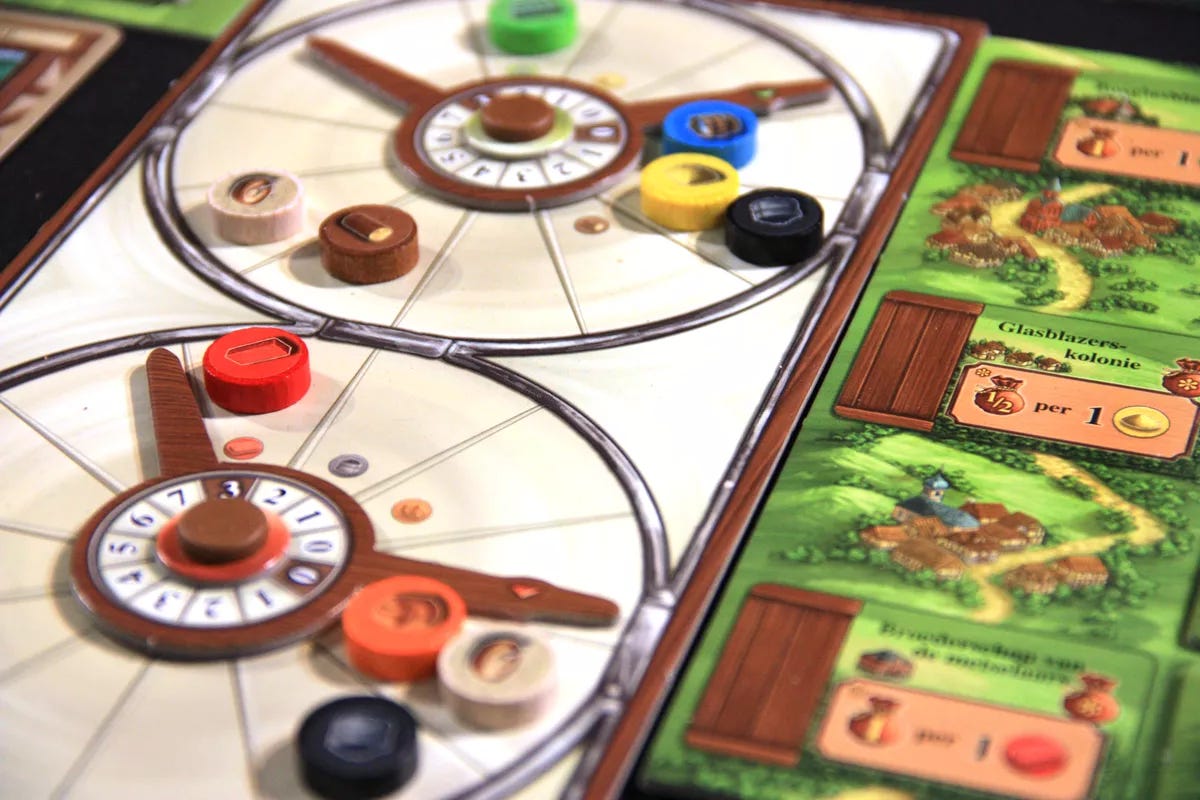progress report
20/1,000,000th of the way there. In addition to manifesting one million dollars, I’ve been doing some doordash as a supplement to my other job. Let me tell you, driving around chipotle orders is not the fast track to wealth; BUT! Let me tell you what is — manifesting a million dollars with the power of POSITIVE thinking.
depression corner: watching preferences
One of the many reasons that Marxism is difficult to engage with is because it presents an extremely bleak picture of the present. Marx viewed himself as a scientist, and he was engaging with what he viewed as material reality — the analysis he does (with occasional diversions into the spiritual) is akin to analyzing bird flight patterns or measuring and recording the temperature over time.
I’ll oversimplify: social class forms in almost every society. In a capitalist society, class separates into two categories, what I would call rent-seekers and producers. Producers take material and turn it into things. Rent-seekers profit from the indirect accumulation of those things, whether it is through sale, hoarding, market manipulation, etc. Producers/workers can also engage in rent-seeking, and rent-seekers may occasionally produce.
Capitalism hinges on the transmutation (which Marx spends about 100 pages on) of producer labor into capital, something which has value pinned to a currency. It might be surprising to some, but “money” is not inherently problematic within a Marxist conception of economy.
Because of liberalization and a reliance on free markets, this morphing creates and reinforces the class hierarchy. Labor transforms into a product, into capital and becomes itself a commodity, which can be bought and sold like any other.
Everything in our contemporary society springs from this. We have an exclusive view of property, meaning that when we own something, it is ours. It is irrelevant that some lithium child miner in Zimbabwe poured blood into the batteries of my laptop. I paid for it, and the great hand of capital has accounted for this. It’s mine. I made the money for blood exchange.
More simply, capitalism is a class structure which commodifies time. For value to exist, labor must create it — laborers must spend the time that is their lives. When you profit from passive income, you’re getting one of the greatest deals of all, a sort of foreshortened time that can be used to create more free time. It’s almost like that dumb Justin Timberlake movie from a while back (or is it dumb?).
This is the root of capitalism, and this obscenity is what the vast majority of propaganda seeks to obscure. Socialist enterprises like a welfare state (which is a system designed to support non-workers) argue against the vagaries of capitalism, saying that in fact, nothing is produced/sold/exploited in a vacuum, and the profits from the exploitation of human life ought to be used to support the people who support/make those profits. Capitalism and its proponents hate the welfare state, as it represents potential profits that can be freely acquired and hoarded. It’s more time that can be stolen.
The shell game that capitalism pulls also contains its own contradictions. In spite of these systems being reproduced and reinforced by rule of law and threat of violence, and the enshrinement of “dollar-as-vote” as a political ideology, we really don’t want to face up with the dollar-as-vote as a vote for immense suffering. We can’t accept that our military force and military budget is also a form of welfare, welfare which is distributed in the billions to states like Israel, which use that capital to kill thousands and thousands of people. We are making that choice. In fact, we have already made that choice, for a very long time.
How might we change it. Well, as far as our contemporary politics goes, we supposedly only have two tactics — voting and watching.
I’d argue that voting isn’t really a tactic anymore, because our elections are controlled by the rent-seeking class, and that leaves enormous amounts of the population out of the decision-making process. But that’s a subject for another unhinged rant. Watching is our other tactic.
Somewhere along the way, we collectively abandoned action in favor of watching or witnessing. I doubt there is a population in human history that is more informed about the wanton destruction an imperial project wreaks than ours, and yet we seem completely powerless to do anything to threaten that project. We sit, numb and dumb in front of our screens, a cavalcade of horrors playing out in front of us, and we do nothing, we can do nothing.
We can stare at the images on the screen until, inevitably, we become the images on the screen. Then someone else will be watching us.
But if I manifest one million dollars, it won’t be me, right? RIGHT?
today in history
Today (10.14) was the first time an iron lung was used in a hospital, to help a kid with polio. This jumped out at me because iron lungs are kinda cool, and there was a fuckin’ sick cartoon of how they work on Wikipedia:
Basically, you get put in this big iron tube with your head poking out, and then a mechanical arm (the red thing pictured above) pulls air out of the tube, which forces you to inhale. Then air is returned to the tube, which helps you push the air back out.
A cool invention which fits my parameters for the coolest type of invention: things which are essentially smaller/larger versions of existing things. It’s even in the name!
boob game corner
I’ve always thought that the whole “separate the art from the artist” thing is a dumb concept. The mid-twentieth century saw the study of literature plagued with “formalists” who believed that art should be studied a priori, an object from which knowledge is contained and can be deduced. Intent, the context the art was built in, the life of the artist who created it, and the communities that interpret it are irrelevant.
And while yes, an artist does not come in and physically create the movie you’re watching each time you watch it, nor does a board game designer leap from the box when you open it and start playing with you, these forms are tethered to context. Take a game, set it in WW2. Then, take the same game, replace everything with different members of the animal kingdom. Feels different, right? Why?
Even if the games are mechanically identical, the context and intent that arranges them matters.
Assuming that a game’s intent remains unchanged, assuming a publisher doesn’t change what the creator was trying to do (say making a game about the horrors of colonialism about flower collecting instead), we can ask questions, we can examine what a design intends to do.
Because this is board game corner not depression corner, I’ll talk about a disappointing encounter I had with a game called Black Forest this week. It’s by a designer named Uwe Rosenberg, a German designer who has had an enormous impact on the form. Not only did he design one of the ur-farming games, Agricola, he also founded Lookout Games and co-founded Feuerland Spiele, two publishers which have been responsible for games that have broaded the appeal of gaming as both an art form and a hobby.
Black Forest is one of his newest designs, and it utilizes a mechanism from an earlier design, Glass Road. Both games are about the abso-fucking-lutely riviting topic of glass production in the Bavarian Forest and the Black Forest, respectively. They’re games where you manage a production and consumption engine, gathering resources and turning them into points, as we do in real life.
The most exciting feature of Glass Road was a dial, which looks like two clocks sitting side by side.
The clock is actually a spring, with refined goods on one side and unrefined goods on the other. In the image above, the right clock makes glass, and the left makes bricks. When the unrefined goods move clockwise from the arm, the spring springs, and refined goods are produced. For example, if the blue water above moves one space, the arm will move and produce another glass.
This is a very cool mechanism that models resource exploitation in an interesting way — mainly that, in the game, exploitation happens automatically. If we have a system set up to turn widgets into whatsits for profit, as long as that profit motive is there, it will happen.
Cool. Interpret how you will.
Black Forest, which shows up 11 years later, features the exact same mechanism, with virtually no changes. In its latest iteration, there’s some rearranging of how you “get” the resources into your wheel, but by-and-large, the game remains unchanged.
Returning to my “what is the artist trying to do” question above, we see the same product, rearranged differently, to no different artistic effect. The system moves you the same as it did 11 years ago, with much lessened effect. No attempt to move the needle.
Disappointing. It’ll make a million dollars.







This is a raucous good time we're all having!
too bad it's a depressing truth, but it will make a million dollars. And thousands of gamers will convince you it's something special. Guess we'll just have to watch